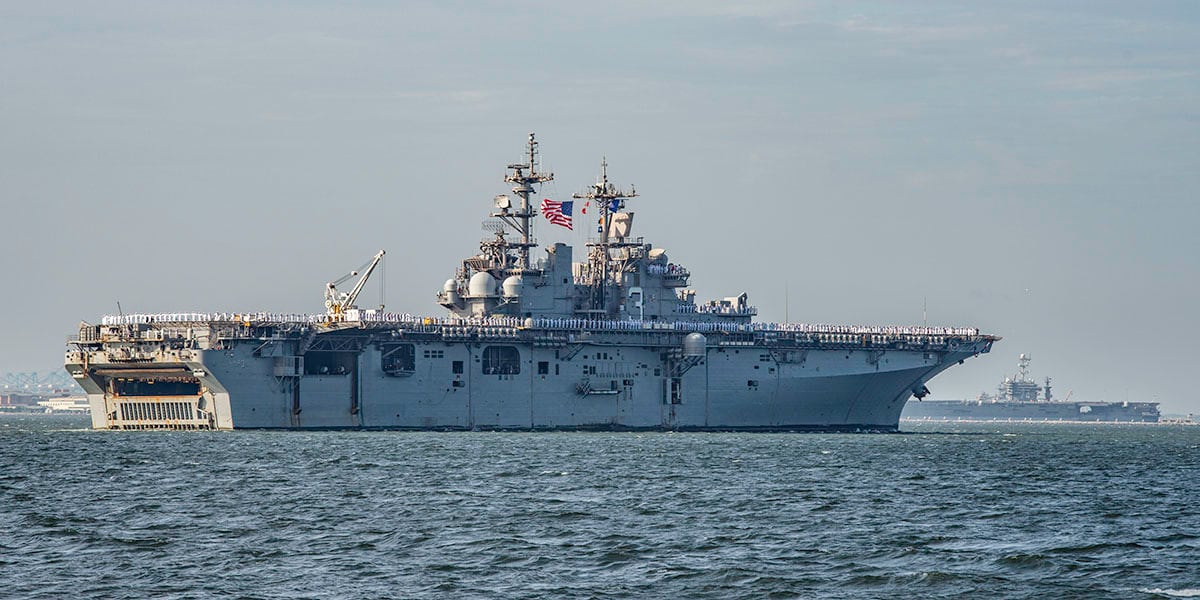Another day another fire, this time on the USS Kearsarge.

 www.defensenews.com
Only a small one that was quickly extinguished. It was a welding accident and it sounds like it was about as minor as it could get, but still, it does make you wonder about their work practices. Having a pile of inflatable material nearby while you are welding only a week after a major warship went up in flames seems pretty sloppy.
www.defensenews.com
Only a small one that was quickly extinguished. It was a welding accident and it sounds like it was about as minor as it could get, but still, it does make you wonder about their work practices. Having a pile of inflatable material nearby while you are welding only a week after a major warship went up in flames seems pretty sloppy.

US Navy orders General Dynamics shipyard to stop work after small fire on the warship Kearsarge
The fire aboard Bonhomme Richard's sister ship was quickly extinguished.



